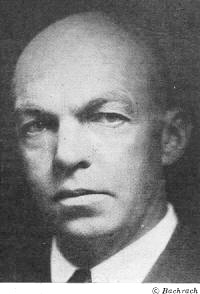

A long and bitter legal dispute followed, which progressed all the way to the US Supreme Court. A man named Lee De Forest had patented the same invention in 1916- two years after Armstrong’s patent was granted- and sold the rights to AT&T. The first of Armstrong’s technology troubles began in 1922 when he lost a patent lawsuit for the rights to the regenerative circuit. Many of his ideas were plundered by unscrupulous people, a trend which ultimately led to Armstrong’s tragic and premature death. In spite of these brilliant technical achievements, Armstrong saw little financial benefit from his inventions. But in 1933, Armstrong brought about an even more revolutionary change in the broadcasting business: FM radio. These laid the foundation for the success of radio broadcasting- in fact, almost any radio you buy today will still incorporate these innovations.

Twenty years earlier he had significantly improved the sensitivity and quality of radio receivers with his invention of the regenerative circuit in his junior year of college, and he went on to further improve them with his Super Regenerative circuit and Super Heterodyne receiver. Broadcasters in the US were making upwards of two billion dollars a year, and they owed much of their success to the innovations of a brilliant man named Edwin Armstrong. One notable exception to these economic troubles, however, was the radio industry. Unemployment was an epidemic, and many businesses struggled desperately to survive. In 1934, much of the world was in the grip of the Great Depression. Today, the name of Edwin Armstrong should be known to every American school child at least as well as Alexander Graham Bell and Thomas Edison, but thanks to the unscrupulous and rapacious behavior of a Russian Jew named David Sarnoff, Armstrong’s life ended in tragic anonymity:


 0 kommentar(er)
0 kommentar(er)
